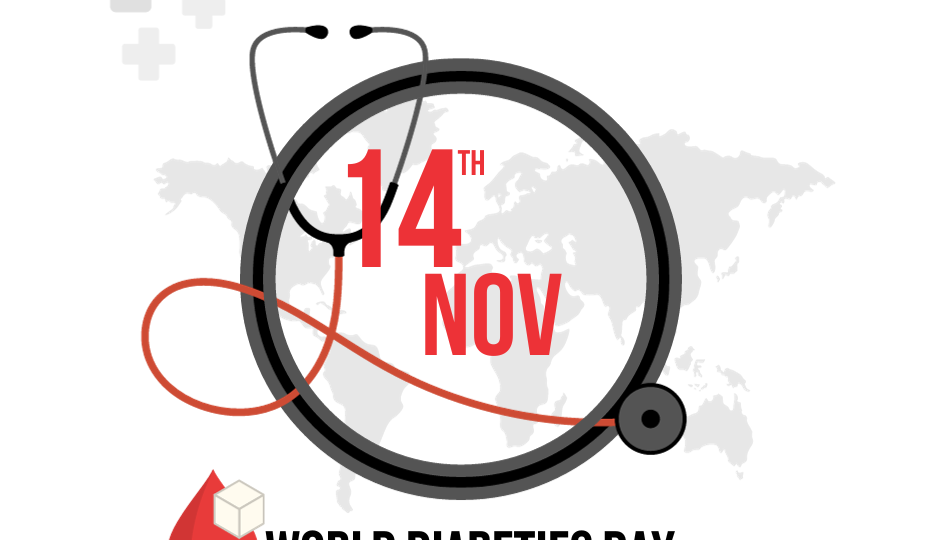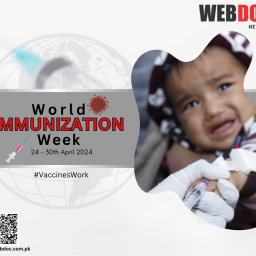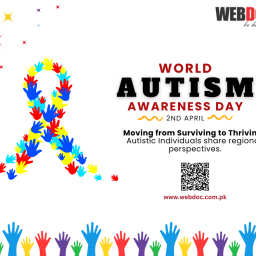Shining a Light on a Global Health Challenge
Every year on November 14th, people around the world come together to observe World Diabetes Day, a day dedicated to raising awareness about diabetes, promoting prevention measures, and advocating for better care for those affected by the disease. Established by the International Diabetes Federation (IDF) and the World Health Organization (WHO), this annual event serves as a crucial platform to address the growing global burden of diabetes.
Understanding Diabetes: A Global Health Concern
Diabetes is a chronic metabolic disorder characterized by elevated levels of blood glucose, commonly known as blood sugar. The condition arises when the pancreas fails to produce enough insulin or when the body cannot effectively use the insulin it produces. Insulin is a hormone crucial for regulating blood sugar and facilitating the uptake of glucose by cells for energy.
The World Health Organization estimates that over 420 million people worldwide live with diabetes, with this number expected to rise dramatically in the coming decades. This escalating prevalence is attributed to various factors, including sedentary lifestyles, unhealthy diets, and an aging population. Type 2 diabetes, which accounts for the majority of cases, is closely linked to lifestyle choices and can often be prevented or delayed through healthier living.
World Diabetes Day: The Blue Circle Symbol
The symbol of World Diabetes Day is the blue circle, representing unity and solidarity in the fight against diabetes. This iconic image seeks to raise awareness, challenge stigma, and encourage governments, healthcare professionals, and individuals to take action against the disease.
Advocacy and Awareness Campaigns
On World Diabetes Day, numerous events and campaigns take place worldwide, ranging from educational initiatives and community outreach programs to social media campaigns. These efforts aim to dispel myths about diabetes, educate the public on risk factors, and emphasize the importance of early detection and management.
The Role of Technology in Diabetes Management
As technology continues to advance, it plays an increasingly significant role in diabetes management. Continuous glucose monitoring systems, insulin pumps, and mobile applications enable individuals to monitor their blood sugar levels more conveniently and make informed decisions about their health. These technological advancements not only enhance the quality of life for those with diabetes but also contribute to better disease management.
Challenges in Diabetes Care
Despite the progress made in diabetes research and technology, challenges persist in ensuring universal access to quality care and treatment. Disparities in healthcare resources and infrastructure, particularly in low-income countries, can hinder effective diabetes management. World Diabetes Day serves as a platform to address these challenges and advocate for improved healthcare systems globally.
Prevention: A Key Focus
Preventing diabetes is as crucial as managing the condition. Lifestyle interventions, including maintaining a healthy diet, engaging in regular physical activity, and avoiding tobacco use, are essential in reducing the risk of developing type 2 diabetes. By promoting preventive measures, World Diabetes Day emphasizes the importance of a holistic approach to health and well-being.
Conclusion
World Diabetes Day provides an invaluable opportunity to unite individuals, communities, and organizations in the global effort to combat diabetes. By raising awareness, advocating for improved care, and promoting preventive measures, this annual observance contributes to the collective endeavor to reduce the impact of diabetes on individuals and societies worldwide. As the prevalence of diabetes continues to rise, the significance of World Diabetes Day grows, reminding us all of the importance of fostering a healthier, more diabetes-aware world.

















